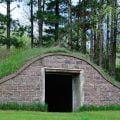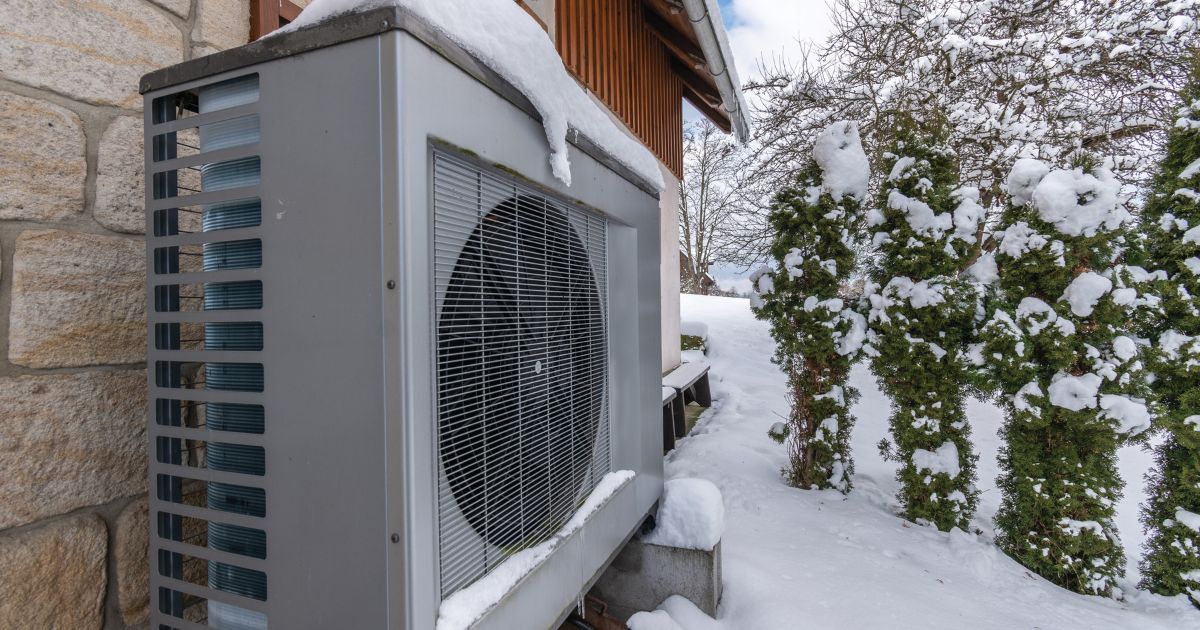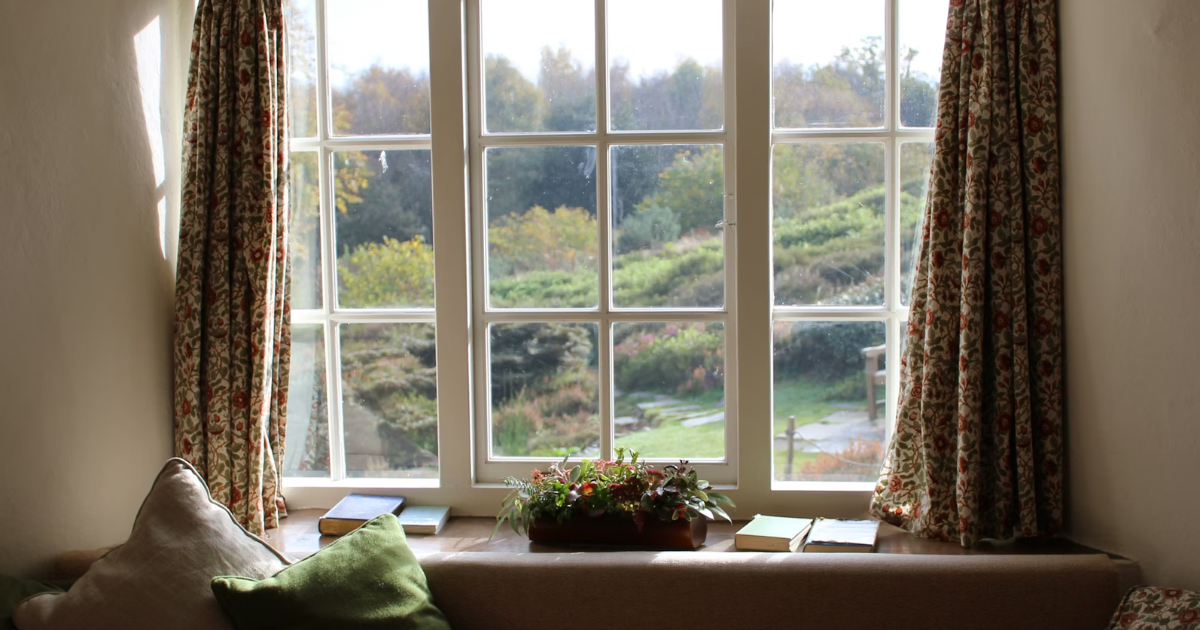Insulating your home effectively seems pretty simple at first glance, and that’s the problem. Success is not always simple, especially if you’re dealing with an older house. If you’re really interested in optimizing the
insulation efficiency of your home, the only way you’ll succeed is by first understanding and addressing key details as part of your insulation campaign.
The tips I’ll explain below are for all houses and make especially good sense for older homes.
Exterior Surface Upgrade
There are two reasons rigid foam or fiberboard insulation applied to the outside face of exterior walls makes sense. First, rigid sheets are a great insulator. The R-5 per inch delivered by most foam is a powerful addition to between-stud batts because foam provides an insulation layer that’s unbroken by wall studs. Reduced condensation hazard is another advantage of sheets of exterior foam. It warms stud cavities in winter, reducing the possibility of condensation in areas where the vapour barrier or air sealing might be less than
perfect.

If you choose extruded polystyrene boards with shiplapped edges you’ll also boost the water resistance of your outer walls. Just be sure to orient the joints so they shed water like a shingle before you put new siding on.

Exterior surface upgrade: Adding rigid insulation to the outside face of exterior walls under new siding.
Benefits: Two inches of rigid insulation on the outside of exterior walls makes a noticeable difference in comfort and energy costs.
Technical challenges: This tactic only makes sense as part of an exterior residing job. Weatherproof door and window sills also need to be installed to allow for thicker walls.
Interior Wall Surface Upgrade
This is the same idea as the exterior wall surface upgrade, except it happens on the inside. Fasten rigid sheets of foam or fiber to the interior face of exterior walls, then apply new drywall overtop with screws that extend all the way into wall framing. No need for strapping. This is an especially worthwhile approach if your home
has deteriorating plaster or drywall.
Interior surface upgrade: Adding rigid insulation to the inside face of interior walls under new drywall.
Benefits: Two inches of rigid insulation will greatly improve energy performance and also reduce noise
infiltration into the house.
Technical challenges: Door and window jambs need to be extended inwards to allow for thicker walls. This approach causes small losses of useable floor area.
Internal Wall Upgrade
It sure would be nice if insulation injection was a reliable way to boost the energy performance of exterior walls, but in most cases, it doesn’t lead to great success. That’s because few walls have clear, unobstructed
hollow cavities inside. Most have obstructions that block the flow of fibres or foam that is being injected. Old, balloon frame houses are typically the best candidates for wall injection.

The most effective approach I’ve seen uses an injection of slow-rise spray foam into wall cavities, followed immediately by an infrared camera
inspection of the walls. Spray foam gives off heat as it cures and the infrared camera shows where foam is and is not present, and where you need to bore more small holes and inject more foam.
Internal wall upgrade: Injecting foam or fibers into hollow wall cavities.
Benefits: Optimal energy performance from both a boost in insulation values and air sealing; no need to replace exterior siding or interior wall finishes.
Technical challenges: Spray foam is expensive and potentially messy if you’re not careful. You’ll also need to acquire and use an infrared camera to guide the injection process.

.
Air Sealing and Indoor Air Quality
While it’s true that the insulation level in a home is one thing and resistance to air leakage is another, homes generally get tighter and better sealed as part of any energy upgrade campaign. This is good, but as you tighten your home you’ll probably have to take steps to intentionally create ventilation where it used to occur naturally from drafts.
Wintertime window condensation is one reliable indicator that more ventilation is needed. If enough window condensation occurs in your house during the coldest days that water runs down the glass, then it means your indoor air quality is not what it should be.
The solution? Boost ventilation in your home. This could involve nothing more than running exhaust fans more often and longer or keeping windows open a bit, but a heat recovery ventilator (HRV) is a better solution for two reasons.
HRVs not only provide more thorough ventilation than exhaust fans or open windows ever could, but HRVs also save energy. They retain most of the heat from the outgoing stream of stale air, and infuse that heat into the incoming stream of outdoor air. Every major campaign to optimize the energy efficiency of a home should include the installation of an HRV. Besides eliminating window condensation for sure, you’ll notice the extra freshness of air in your house.

TIP: Planning to insulate your floor? The best way I’ve found to insulate floors over unheated crawlspaces or in elevated buildings is with rigid foam applied overtop of the existing subfloor, with plywood or other sheet goods installed above, before a finished floor goes down.

Steve Maxwell and his wife Mary live on a 90-acre modern homestead on Manitoulin Island, Ontario in a stone house they built with local materials beginning in 1985. Steve is Canada’s longest-running home improvement and how-to columnist and editor of Home and Property. He divides his time working on the land, building things large and small, and creating articles and how-to videos that teach sustainable, self-reliant, hands-on living skills.













